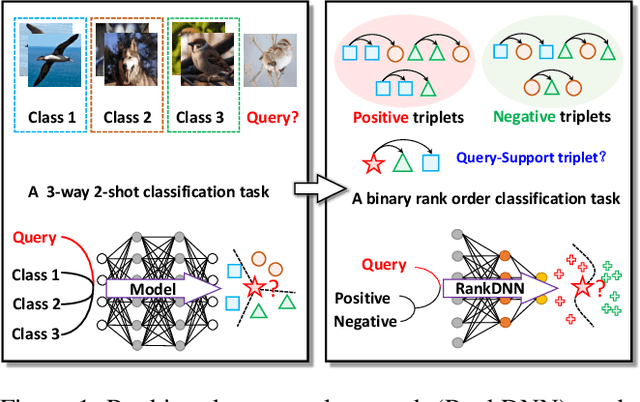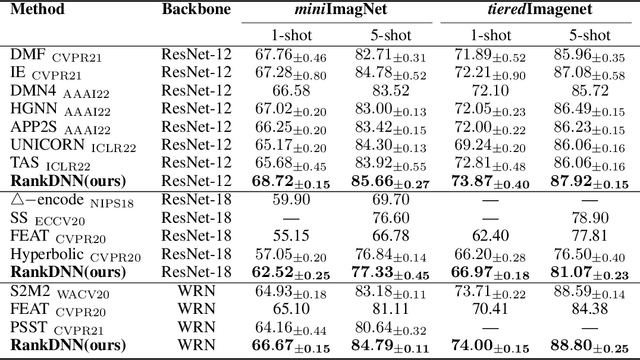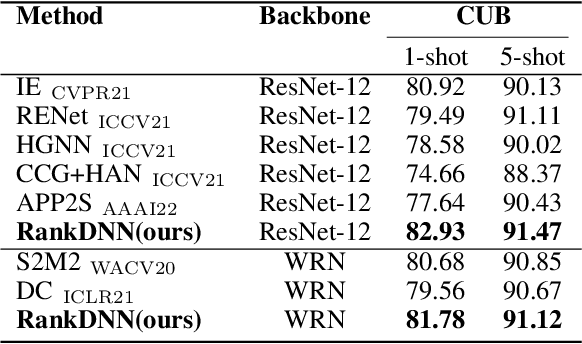Xujun Wei
DaYu: Data-Driven Model for Geostationary Satellite Observed Cloud Images Forecasting
Nov 15, 2024Abstract:In the past few years, Artificial Intelligence (AI)-based weather forecasting methods have widely demonstrated strong competitiveness among the weather forecasting systems. However, these methods are insufficient for high-spatial-resolution short-term nowcasting within 6 hours, which is crucial for warning short-duration, mesoscale and small-scale weather events. Geostationary satellite remote sensing provides detailed, high spatio-temporal and all-day observations, which can address the above limitations of existing methods. Therefore, this paper proposed an advanced data-driven thermal infrared cloud images forecasting model, "DaYu." Unlike existing data-driven weather forecasting models, DaYu is specifically designed for geostationary satellite observations, with a temporal resolution of 0.5 hours and a spatial resolution of ${0.05}^\circ$ $\times$ ${0.05}^\circ$. DaYu is based on a large-scale transformer architecture, which enables it to capture fine-grained cloud structures and learn fast-changing spatio-temporal evolution features effectively. Moreover, its attention mechanism design achieves a balance in computational complexity, making it practical for applications. DaYu not only achieves accurate forecasts up to 3 hours with a correlation coefficient higher than 0.9, 6 hours higher than 0.8, and 12 hours higher than 0.7, but also detects short-duration, mesoscale, and small-scale weather events with enhanced detail, effectively addressing the shortcomings of existing methods in providing detailed short-term nowcasting within 6 hours. Furthermore, DaYu has significant potential in short-term climate disaster prevention and mitigation.
RankDNN: Learning to Rank for Few-shot Learning
Nov 29, 2022



Abstract:This paper introduces a new few-shot learning pipeline that casts relevance ranking for image retrieval as binary ranking relation classification. In comparison to image classification, ranking relation classification is sample efficient and domain agnostic. Besides, it provides a new perspective on few-shot learning and is complementary to state-of-the-art methods. The core component of our deep neural network is a simple MLP, which takes as input an image triplet encoded as the difference between two vector-Kronecker products, and outputs a binary relevance ranking order. The proposed RankMLP can be built on top of any state-of-the-art feature extractors, and our entire deep neural network is called the ranking deep neural network, or RankDNN. Meanwhile, RankDNN can be flexibly fused with other post-processing methods. During the meta test, RankDNN ranks support images according to their similarity with the query samples, and each query sample is assigned the class label of its nearest neighbor. Experiments demonstrate that RankDNN can effectively improve the performance of its baselines based on a variety of backbones and it outperforms previous state-of-the-art algorithms on multiple few-shot learning benchmarks, including miniImageNet, tieredImageNet, Caltech-UCSD Birds, and CIFAR-FS. Furthermore, experiments on the cross-domain challenge demonstrate the superior transferability of RankDNN.The code is available at: https://github.com/guoqianyu-alberta/RankDNN.
 Add to Chrome
Add to Chrome Add to Firefox
Add to Firefox Add to Edge
Add to Edge